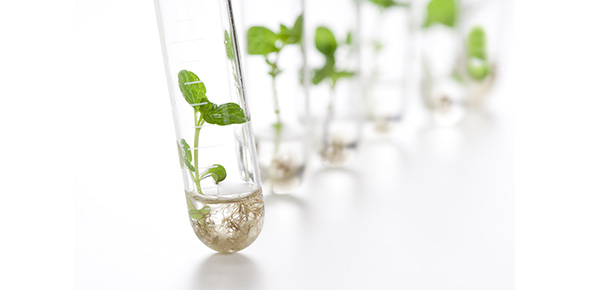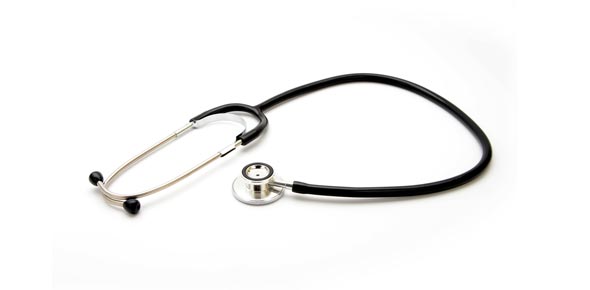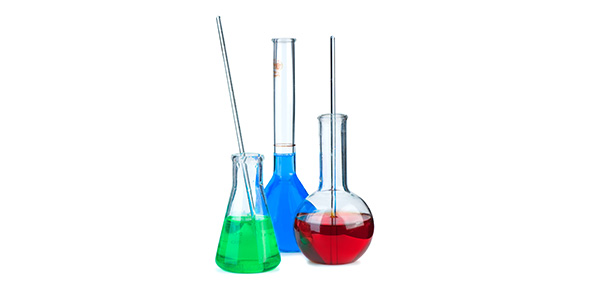Related Flashcards
Related Topics
Cards In This Set
| Front | Back |
|
The one-celled microorganisms also known as germs or microbes are:
|
bacteria
Bacteria can only be seen with the aid of a microscope and can exist almost anywhere. |
|
Pathogenic bacteria include the:
|
parasite
Parasites are pathogenic, or harmful, organisms that require living matter for their growth. |
|
Bacteria that cause disease are called:
|
pathogenic
Pathogenic bacteria are harmful, causing disease. |
|
When they invade plant or animal tissue, pathogenic bacteria cause:
|
disease
Pathogenic bacteria are harmful and cause disease when they invade plant or animal tissue. |
|
The technical term for bacteria that live on dead matter is:
|
saprophytes
Saprophytes are a type of nonpathogenic bacteria. |
|
The type of bacteria that causes syphilis and Lyme disease is:
|
spirilla
Spirilla are spiral or corkscrew-shaped bacteria. The spirilla Treponema pallida causes syphilis, and Borrelia burgdorferi causes Lyme disease. |
|
The type of bacteria called cocci have a:
|
round shape
Cocci are round-shaped bacteria that appear alone or in groups and cause boils, strep throat, pneumonia, and other diseases. |
|
The bacteria called bacilli have a:
|
rod shape
Bacilli, the most common bacteria, are short and rod-shaped. |
|
Pus-forming bacteria that cause strep throat and blood poisoning are:
|
streptococci
Streptococci are round bacteria arranged in curved lines resembling a string of beads. |
|
The classification of bacteria called spirilla have a:
|
corkscrew shape
Spirilla are spiral or corkscrew-shaped bacteria that cause syphilis, Lyme disease, and other diseases. |
|
In California in 2000, a normally harmless bacteria that caused infections in over 100 pedicure clients was:
|
Mycobacterium fortuitum furunculosis
This is a rod-shaped bacteria that caused an infection among over 100 clients who had received pedicures in the same salon. |
|
Motility, or self-movement, is rarely seen in the bacteria called:
|
cocci
Cocci are transmitted in the air, in dust, or within the substance in which they settle. |
|
Certain bacteria move about with the help of hair like extensions called:
|
flagella
A whip-like motion of the flagella moves the bacteria in liquid. |
|
During their active stage, bacteria reproduce in a process called:
|
mitosis
When conditions are favorable, bacteria divide into two new cells, called daughter cells. |
|
Certain bacteria, during their inactive stage, form outer coverings called:
|
spores
As spores, these bacteria can withstand famine, dryness, and unsuitable temperatures and are not harmed by disinfectants, heat, or cold. |







